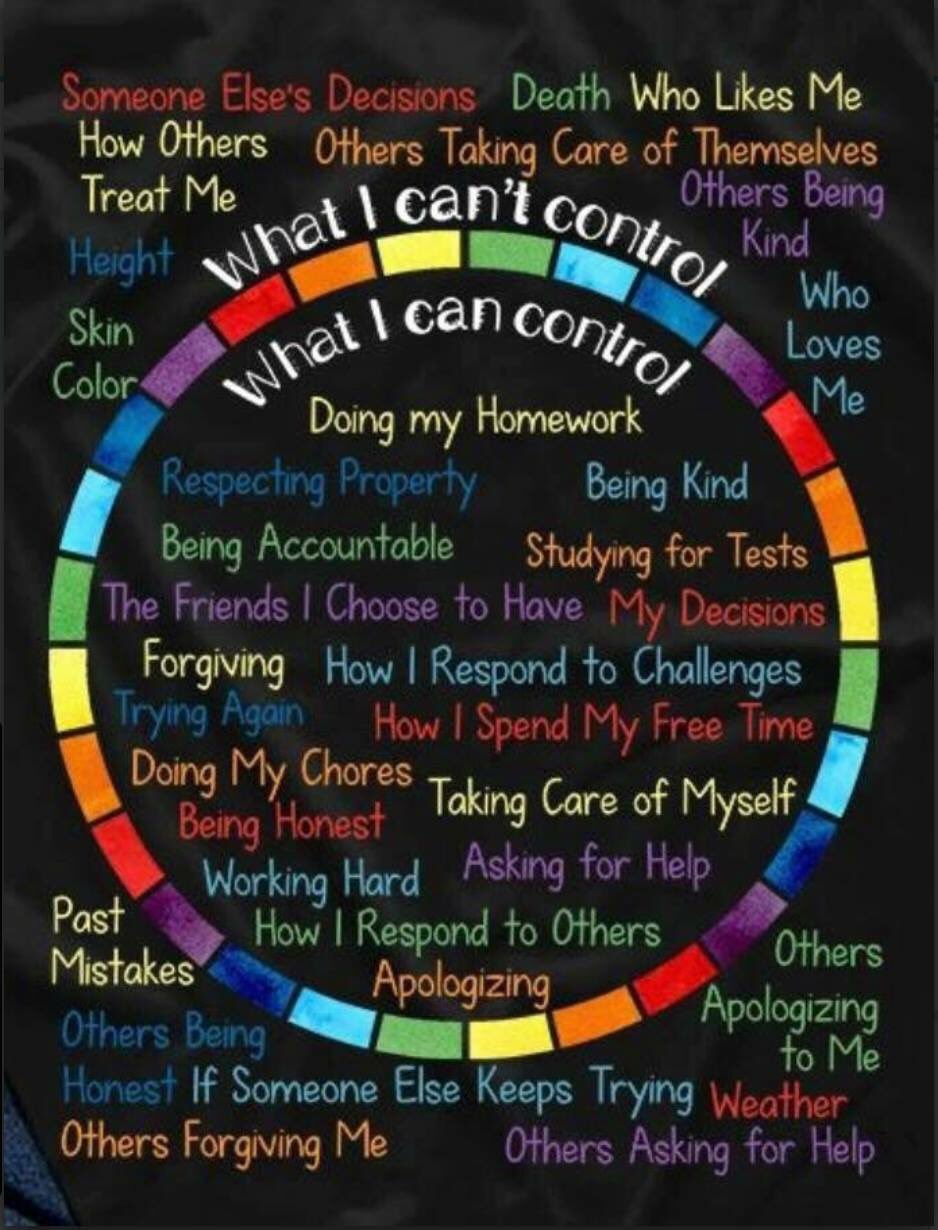As student agency gains greater momentum (it’s now a core portion of the International Baccalaureate PYP program), more and more teachers are joining the discussion. Many start on the fringes, wondering…
…would achievement go up if we helped students know, understand, and own the learning objectives?
…would we have fewer classroom management problems if we started to give students more choices about their learning?
These are fabulous springboard questions, but they are just the beginning. True student agency is not actually about getting students to do what we want; it’s about helping them learn to identify what they want for themselves, to expand their view beyond this current task to a sense of self-driven purpose that will last much longer.
It’s a shift from teachers as the experts and controllers of learning in the room, to teachers as consultants and facilitators of student learning, helping students to make connections with peers, outside experts, and the community.
It’s a shift from students as passive recipients, waiting for the knowledge someone else has planned for them that day, to students as active agents, anticipating and even planning what should come next alongside their teachers.
These are massive shifts that take a great deal of time and patience with ourselves. So what are beginning steps we might take?
1. Help parents understand what we mean by agency and ownership over learning. At first, there may be confusion and reservations. But parents might be surprised to find out just much they might already be applying agency at home. Help them recognize that it might look like…
…fostering independence (Let Grow is a great resource illustrating ways many parents are working toward healthy, independent childhoods).
…letting kids in on the secret of their own development.
…building time-management skills, including discussing balance.
…listening to kids’ voices even when we feel frustrated. (great example from Aviva Dunsinger, an early childhood teacher).
2. Work to cultivate self-regulation and other social-emotional practices. This goes beyond the occasional lesson discussing metacognition. It’s work that begins with ourselves, then carrying over to authentic modeling and discussions with our students. This might come through teaching students to identify their own feelings and process stress. Or it might happen through teaching them to take ownership over resources at their disposal. All of this is important for agency because it gives them strategies for self-direction.
3. Get to the root of defiant behavior, and find new strategies to address it. The “Life After Clip Charts” series gives excellent strategies that can replace those clip charts and stickers. They aren’t as neat or pretty, but they are important because if our students are constantly receiving the message that they need rewards from grown-ups in order to make good choices, they are less likely to believe that they can be trusted with their own learning life.
4. Invite student voice. Let students in on the secret of all that curricula and classroom set-up, etc. Bring all the “secret teacher business” stuff into view of the kids and ask them, how can we make it better? Invite them to teach workshops from time to time (great getting-started post here from Mindy Slaughter).
5. Work on “getting the mix right” between guidance and student-directed inquiry. Kath Murdoch (an inquiry-based teacher you should follow right way if you don’t already as part of this list) recently wrote on getting this mix right. There’s sometimes a strange notion that promoting agency means we teachers will be kicking our feet up on the desk. But the truth is, a lot of work goes into providing timely guidance. As Kath writes,
“Far from being an arms-length facilitator ‘on the side’, the inquiry teacher is continually weighing up if, when and how to ‘step in’. They actively work beside the learner observing, listening, questioning, prompting, suggesting, explaining, demonstrating, refining or redirecting as required. This is guidance. When we position students as inquirers, we offer them opportunities to make decisions about their learning every day.”
This is an important step in promoting student agency because it provides them with the support they need, even as we express confidence in their decision-making.
Learning to honor our students’ agency takes time, but it is an investment that is absolutely worth every effort.
To subscribe or manage your preferences, click here. See more on the weekly topic schedule here.
featured image: DeathToTheStockPhoto



















